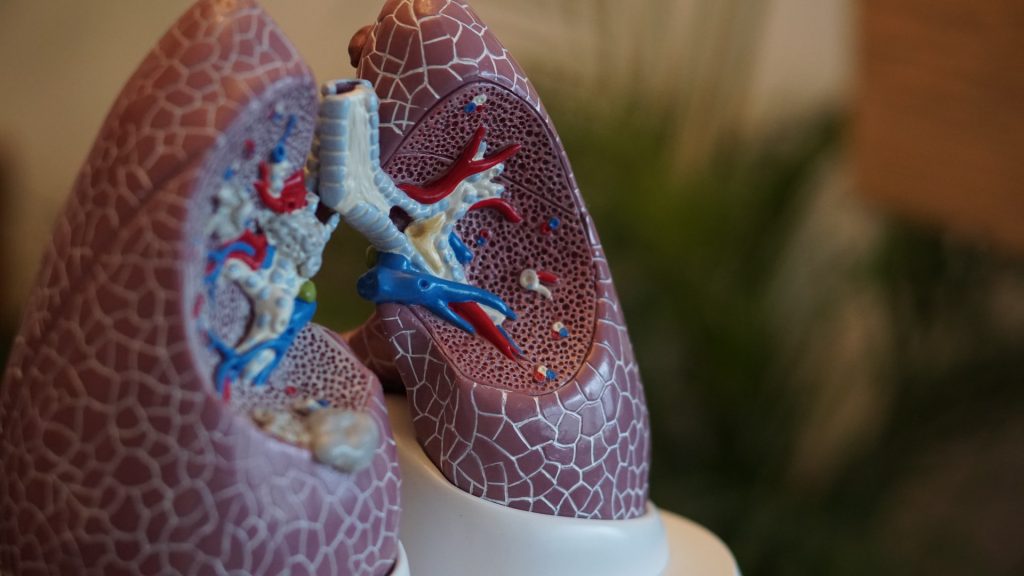
Antisense oligonucleotides (ASOs), are molecules that can be used to control protein levels in cells. Researchers detail in Nature how they leveraged ASO technology to develop the first FDA-approved treatment for spinal muscular atrophy called Spinraza®. The drug has helped over 11 000 patients make more of a protein that certain neurons in the spine need.
Cold Spring Harbor Laboratory Professor Adrian Krainer, who developed the drug, has been searching for more ways ASOs can help treat other disorders. He has identified cystic fibrosis (CF), where patients produce insufficient amount of the protein CFTR. His team discovered how to use ASOs to make more of an imperfect but still functional version of CFTR. This could lead to a new treatment approach that may help alleviate CF symptoms.
The imperfect CFTR protein results from a gene mutation. The faulty instructions to produce the protein are eliminated and the protein isn’t made, since in general, imperfect proteins may be disruptive. Prof Krainer’s ASOs trick cells into following the faulty instructions and making the imperfect CFTR protein. His team found that, in this case of CF, having an imperfect version of the protein is better than having none at all. Their method improved the function of lung cells, suggesting the ASO strategy could improve symptoms in CF patients with this mutation.
The team’s discovery spotlights a new way ASOs can be used to treat disease. The study was led by Young Jin Kim, a former MD-PhD student in the Krainer laboratory. Prof Krainer hopes to continue expanding the potential of ASO technology in therapeutics. He thinks in the future ASOs may increasingly become a way to tailor therapies specific to an individual’s unique genetic mutations. “If more of this type of drug, ASOs, are approved,” Prof Krainer said, “I wouldn’t be surprised if in the not-so-distant future ASOs become a routine way to make personalised medicines.”
Source: Cold Spring Harbor Laboratory

